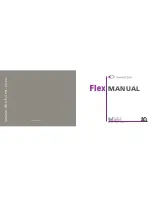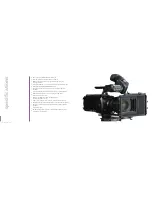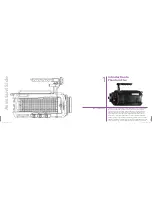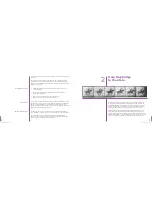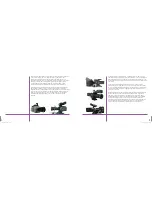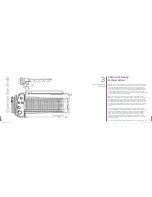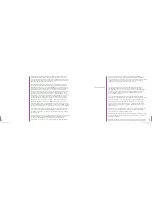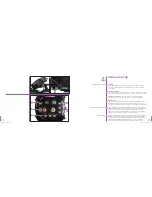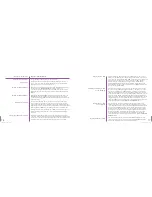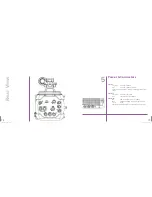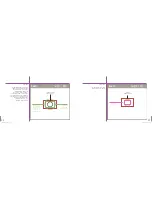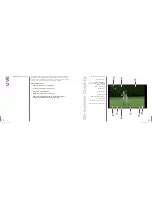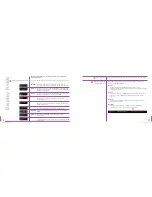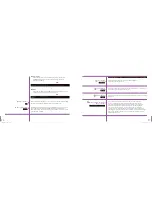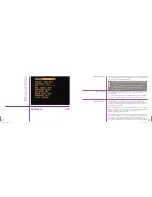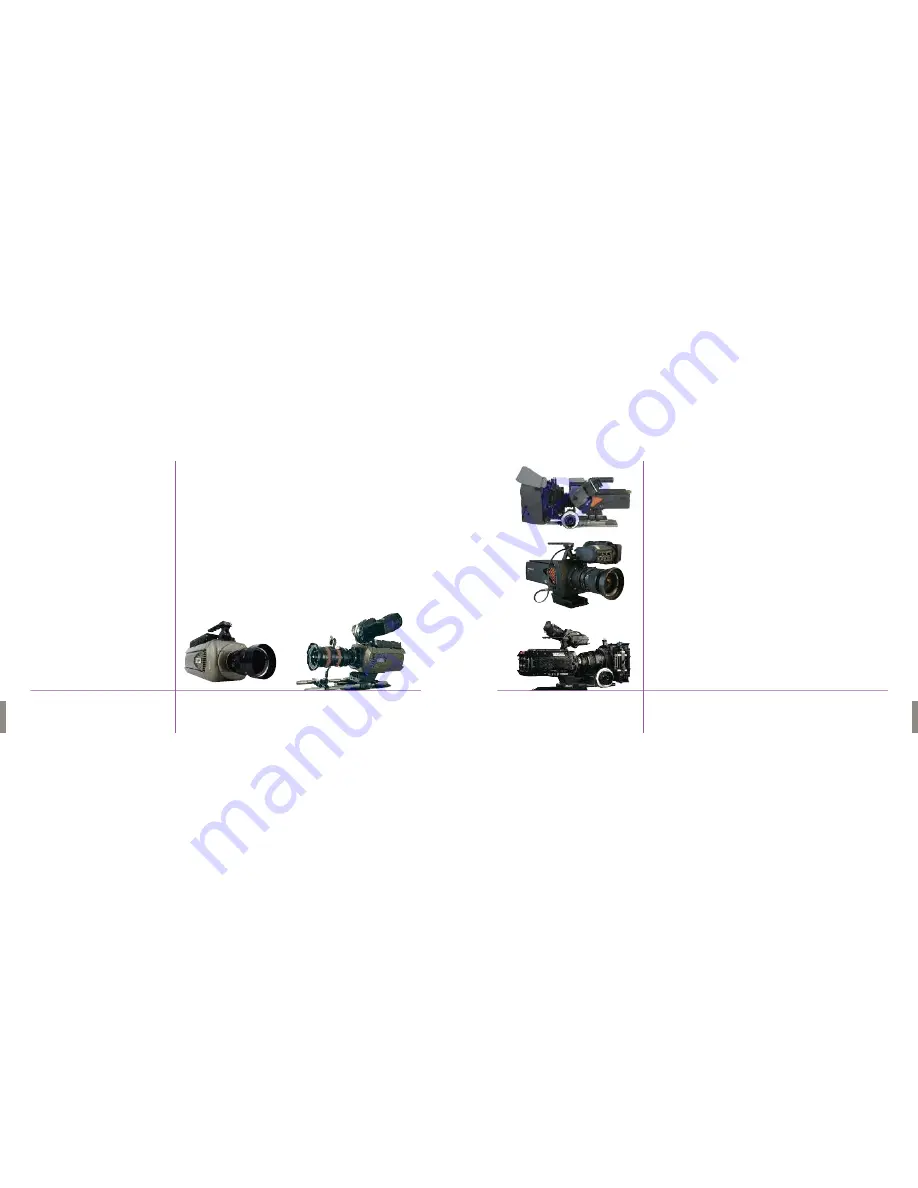
5
4
Phantom Flex Manual
Phantom Flex Manual
In 1992 the company decided to form a separate entity that was to design
and fabricate high-speed electronic imagers that did not rely on photographic
film for imaging.That "spin off" became known as Vision Research® Inc. and
their family of electronic imagers is currently marketed under the "Phantom®"
trade mark.
Digital imagers combined with solid state memory solve many of the
inherent limitations of film when it comes to size, weight, cost and perhaps
most especially the flexibility of triggering the camera before, during or after
an event. Eventually the quality of digital caught up with film and the rest,
as they say, is history.
In 2007, Vision Research named Abel CineTech the exclusive North American
reseller of Phantom products and introduced a high-speed, high quality
camera for cinema and television – the Phantom HD. Since then, Vision
Research and Abel CineTech have established the HD Gold as the standard
for high speed imaging in the motion picture and television industries.
The ability to reveal what had never been seen before could extend beyond
the industrial, scientific and military realm into story telling and human
emotion. The Phantom Flex brings that capability to a new plateau.
Fifty years later high-speed photography was used by business and industry
to analyze events too fast to see with the naked eye. Eastman Kodak
developed a high-speed 16mm camera in the early 1930s that ran up to
1,000 frames per second. Some of the industrial uses included “cause of the
breaking of threads when sewing leather goods.” By the 1960’s several
companies were producing high-speed film cameras in 16mm, 35mm
and even 70mm formats, including the predecessor of Vision Research.
Vision Research, the manufacturer of Phantom high speed digital cameras,
was founded in 1950 by a young, idealistic, engineer who quit his job at
Fairchild Camera to form a brand new company named Photographic Analysis
Company.The company’s sales motto was "ResearchThrough Photography".
High speed photography was used as an engineering tool for industrial,
scientific and military applications, and the film cameras were widely
accepted.
Summary of Contents for Flex
Page 1: ...MANUAL ...
Page 2: ...MANUAL New York Chicago Los Angeles First Edition 09 20 10 www abelcine com ...
Page 52: ...94 Phantom Flex Manual ...
Page 53: ......


